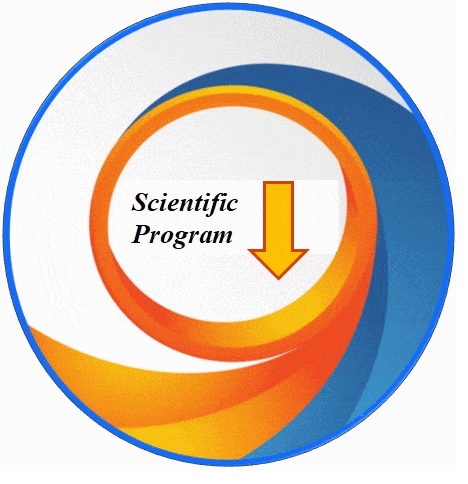Biography
Biography: Iftikhar Ahmad Saifi
Abstract
Wet cupping is a form of bloodletting that involves first making superficial incisions on the skin, then applying the suction cups to suck out small amount of blood. It is the application performed to draw out stagnant, congested blood and Vital Force, as well as other stagnant or morbid humors.
Cupping therapy is an incredibly ancient and universal practice that spans both East and West. In the East, the Chinese have been practicing the art of cupping for at least three thousand years. Cupping is applied to the acupuncture points to relieve the stagnation of Qi and blood, both locally and in the organ(s) activated by the point.
In the West, cupping therapy had its birth in Egypt. The Ebers Papyrus, written around 1550 B.C.E., states that bleeding by wet cupping removes foreign matter from the body. The ancient Egyptians passed the art of cupping on to the ancient Greeks. Both Hippocrates and Galen were staunch advocates and users of cupping therapy. From the ancient Greeks and Romans, through the Alexandrians and Byzantines, cupping therapy was passed on to the Muslim Arabs and Persians. Cupping is now an important and popular therapeutic modality of Unani (Greek) Medicine.
In the West, wet cupping therapy remained an important part of medicine and therapy, both conventional, alternative, and folk-based, until the early 20th century.
After falling out of favor with medicine in the modern era, cupping therapy is enjoying resurgence in popularity, promoted by acupuncturists, Unani (Greek) medicine physicians and other holistic healthcare practitioners. New and exciting variations on this ancient technique, like cupping massage, are also being developed.
One secret of cupping's perennial popularity is its great ability to promote a state of deep pleasure and profound relaxation. Hopefully, cupping is here to stay.

